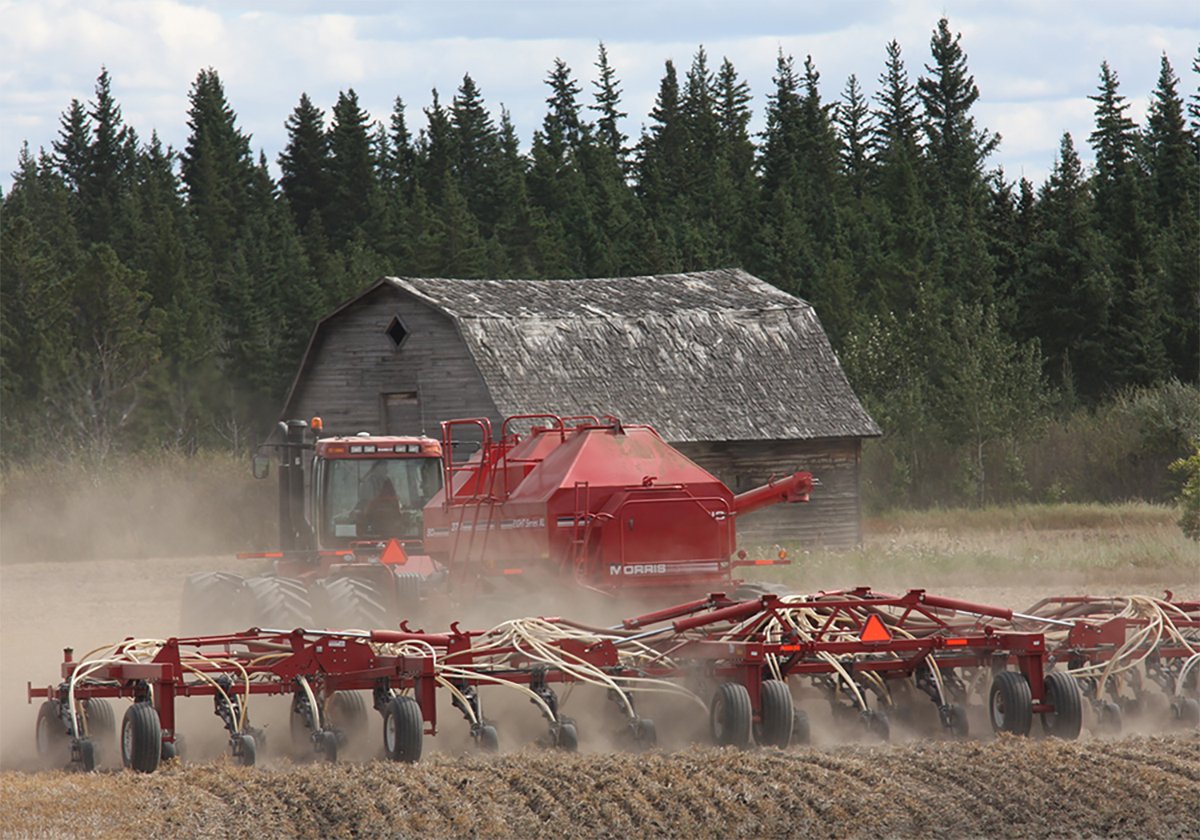Milk producers held on for a wild ride during the last dairy year as world prices plummeted from some of the highest levels seen in years to more normal lows.
Their monthly returns reflected the vagaries of the world market, said Neil Van Ryssel, chair of the Manitoba Milk Producers.
Last year, producers could no longer use levies to smooth out the peaks and valleys of milk prices, and more milk was priced to compete with imports, he said.
“It’s quite easy to live with that concept when the prices … are as high or higher than ours,” he said at the marketing board’s annual meeting two weeks ago.
Read Also

Seeding conditions look good for U.S. winter wheat crop
SASKATOON — Seeding conditions are near ideal in the hard red winter wheat growing region of the United States, says…
At the beginning of the dairy year, special-class milk was priced around $28 per hectolitre. Processors buy this milk, approximately 13 percent of national production, at the world level to make into products like cheese.
“Some of those cheese prices were higher than domestic, because the U.S. price was higher than ours,” said Van Ryssel.
But then prices for special-class milk tumbled to about $20 per hL. Producers got about $15 per hL of that price. Their costs of production average out to about $25 per hL, said Van Ryssel.
Provinces pool price
At the same time, provinces west of Manitoba produced too much milk. The surplus is also priced at the lower world price, and is pooled between provinces.
“We had wild fluctuations,” said Van Ryssel, explaining returns varied as much as 10 percent or $5 per hL from one month to the next.
Things started to turn around in October.
Farmers are also counting on an increase in target support prices in February, affecting 60 percent of their milk. Eighteen months ago, they agreed with processors to forgo an increase.
“If there is a benefit to it (the low-price experience), it will remind us that the stability of the industry we’ve been accustomed to is gone,” he warned producers.
World trade agreements are pushing dairy producers to become globally competitive, so the industry needs to decide how it will compete with world prices, he said.
The industry’s first challenge will be to convince the federal government to give it time to adjust.
He said producers and processors also need to be united on a trade position for the next round of world trade negotiations, coming up in 1999.
“If we go into the next round fractured, we’re going to come out a lot more broken than we are.”
He also warned farmers to be careful when investing in cows, barns and quota.
Expansion well thought out
Van Ryssel had to do some soul-searching of his own when, for the first time in his life, he put up his house and home quarter as leverage for a recent expansion.
“It makes you wonder what you’re doing. Have I got enough faith in this industry? Hopefully I have.”
No one knows what will happen to quota values beyond five years, he said. World trade discussions are creating the uncertainty.
“We can be hopeful, but we won’t go out on a limb and say there’s going to be a quota and a value attached to it on into the future,” he said. “It’s not fair to give that indication to producers.”














